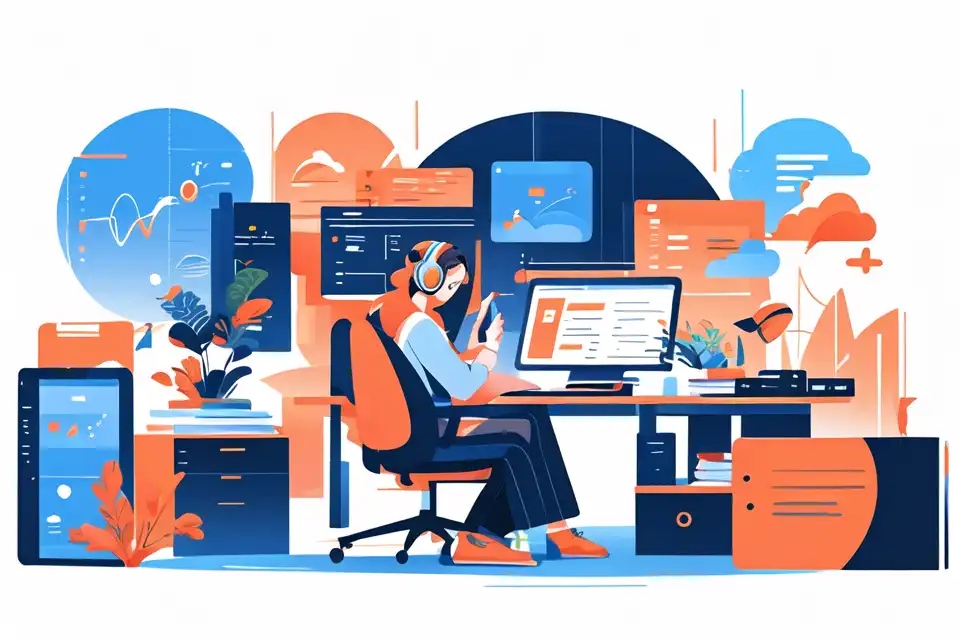Beverage Costs
Enhance your understanding of beverage costs and transform your operations and create a recipe for success with Lark's innovative F&B solutions.
Try Lark for Free
In the competitive landscape of the food and beverage (F&B) industry, the efficient management of beverage costs holds paramount importance. By understanding and optimizing beverage costs, F&B establishments can significantly enhance profitability and operational efficiency. This comprehensive guide delves into the intricacies of beverage costs, offering valuable insights and practical strategies for effective management.
Beverage costs are a critical aspect of the F&B industry, encompassing the expenses incurred in sourcing, producing, and serving various beverages. Understanding the nuances of beverage costs and implementing strategic measures to manage them is indispensable for the financial sustainability and overall success of F&B businesses.
What is beverage costs?
The categorization and assessment of beverage costs in the F&B context involve considering various components that encompass the raw materials, production processes, and distribution expenses associated with beverages.
Definitions and Concepts
In essence, beverage costs represent the comprehensive expenditure involved in procuring ingredients, manufacturing, storing, and serving beverages within an F&B establishment. This incorporates direct costs, such as the price of ingredients and packaging, as well as indirect expenses including labor, utilities, and overheads.
Evolution of Beverage Costs
The perception and significance of beverage costs have evolved significantly over time. Historically, the focus was primarily on basic cost accounting, but modern interpretations have expanded to emphasize sustainable sourcing, waste reduction, and cost-effective production methodologies, reflecting changing consumer preferences and industry dynamics.
Significance of beverage costs
Financial Implications
The significance of beverage costs is underscored by their substantial impact on the overall profitability and financial health of F&B businesses. Effectively managing these costs can directly influence the bottom line and sustainability of an establishment.
Operational Efficiency
Efficient management of beverage costs directly enhances operational efficiency within F&B establishments. By optimizing cost structures, businesses can allocate resources more effectively and streamline inventory management processes.
Use Lark Base to transform your food and beverage business.
How beverage costs works
Cost Calculation Methods
Various methods are employed for calculating beverage costs, including perpetual inventory, point of sale, and weighted average. Additionally, the integration of technology, such as inventory management systems and POS software, enables accurate and real-time tracking of beverage costs.
Cost Control Strategies
F&B establishments employ a range of strategies to control beverage costs, encompassing inventory management techniques to minimize wastage, implementation of portion control measures, and the organization of product flow to optimize efficiency.
Common misconceptions about beverage costs
Misinterpretation of Overhead Expenses
A common misconception regarding beverage costs relates to the misinterpretation of overhead expenses, often resulting in confusion between fixed and variable costs. It is essential to clarify and differentiate between these elements to gain an accurate understanding of true beverage costs.
Breakeven Analysis
Misconceptions surrounding the impact of beverage costs on breakeven points often lead to unrealistic expectations and ill-informed cost-cutting measures. A comprehensive understanding of breakeven analysis is crucial to effectively navigate and manage beverage costs.
Learn more about Lark x F&B solutions
Regional differences on beverage costs
Global Variances
The concept of beverage costs varies significantly across international F&B markets, influenced by cultural and economic factors. Regulations, consumer preferences, and supplier dynamics contribute to diverse cost structures and dynamics.
Regulatory Impact
The regulatory landscape and policy considerations present unique challenges and opportunities for managing beverage costs in different regions. Adhering to diverse regulatory frameworks and taxation structures necessitates nuanced approaches to cost management.
Use Lark Base to transform your food and beverage business.
Expert quotes on beverage costs
As asserted by industry leaders and professionals, effective management of beverage costs is integral to sustaining profitability and long-term success within the F&B industry. Their insights and perspectives provide valuable guidance for implementing cost-effective strategies and operational frameworks.
Examples
Enhanced cost control through vendor collaboration
Enhanced cost control through vendor collaboration
Collaborative partnerships with key vendors can lead to improved negotiation terms and streamlined procurement processes, resulting in reduced beverage costs while maintaining quality standards.
Technology integration for real-time cost monitoring
Technology integration for real-time cost monitoring
Integration of advanced software for real-time monitoring of beverage costs enables F&B operations to enhance accuracy and proactive management, fostering efficient cost control.
Sustainable sourcing for cost efficiency
Sustainable sourcing for cost efficiency
Cases of F&B businesses adopting sustainable and local sourcing practices showcase how this approach positively impacts beverage costs and resonates with environmentally conscious consumers.
Tips: do's and dont's
| Do's | Don'ts |
|---|---|
| Regularly review cost reports | Overlook minor discrepancies |
| Utilize cost-effective suppliers | Compromise on product quality |
| Implement portion control | Neglect staff training on cost control |
Use Lark Base to transform your food and beverage business.
Conclusion
In conclusion, the effective management of beverage costs in the F&B industry is a multifaceted endeavor that encompasses financial, operational, and strategic considerations. By understanding the significance of beverage costs and employing proactive cost control measures, F&B establishments can not only enhance their profitability but also foster sustainable and efficient business models.
